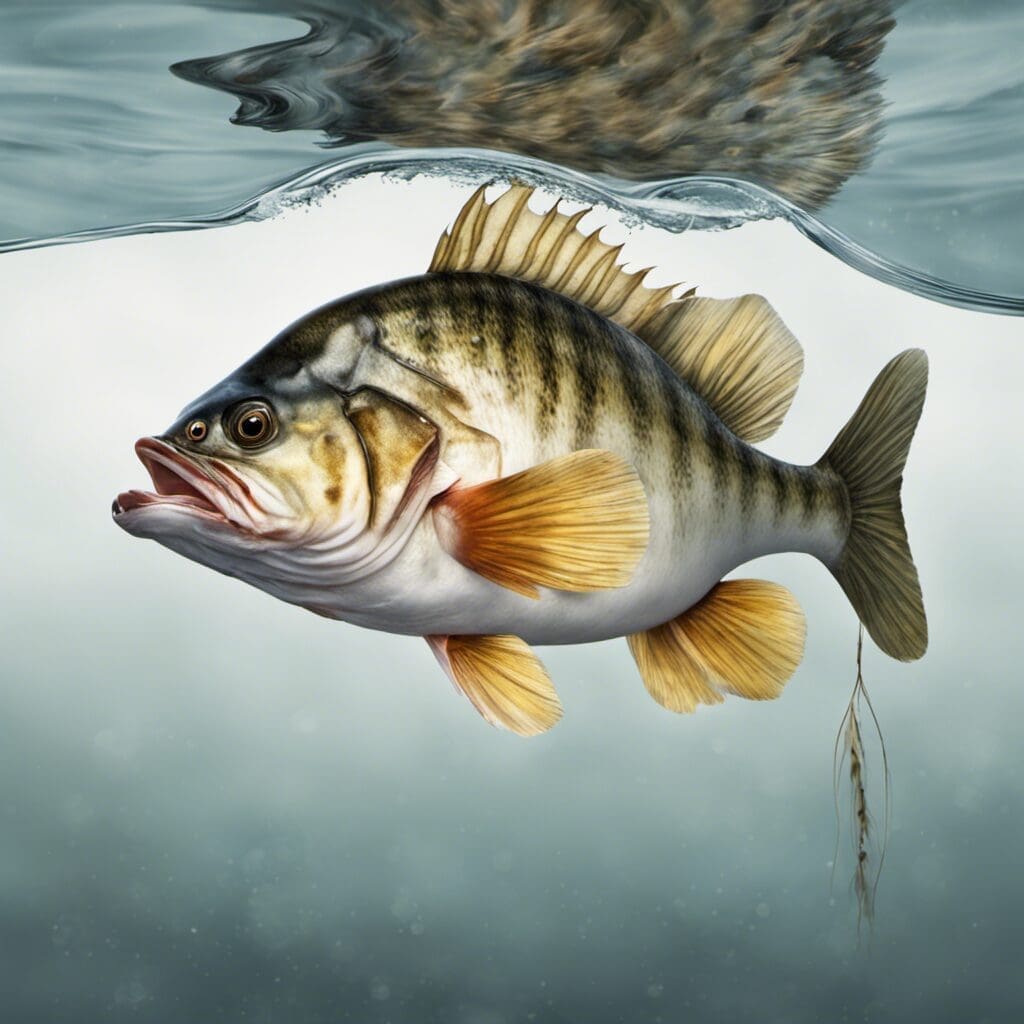Introduction
The Walleye Surfperch, scientifically known as Hyperprosopon argenteum, is a member of the Embiotocidae family. This species of fish inhabits the eastern Pacific Ocean, specifically along the California coast.
Conservation Status
The current conservation status of the Walleye Surfperch falls under the category of ‘Least Concern’ as classified by the World Conservation Monitoring Centre. No specific conservation efforts are known for this species, as they have a large population and are not currently facing any critical threats.
Statistics
| Statistic | Average | Range |
|---|---|---|
| Length | 10 inches | 7-13 inches |
| Weight | 1.5 pounds | 1-2 pounds |
| Average Lifespan | 6 years |
Distribution
The Walleye Surfperch is native to the eastern Pacific Ocean, specifically from northern Baja California to Monterey Bay, California. They show no significant migration patterns due to their coastal habitation.
Habitats
These fish inhabit marine and brackish water types and are usually found in shallow depths of up to 45 feet. They prefer cooler water temperatures of 50-65 degrees Fahrenheit.
When and Where to See
Walleye Surfperch can be seen throughout the year, with increased visibility during the summer months due to reproduction. They are commonly active during daylight hours.
Best Fishing Locations
Specific Locations
- Monterey Bay, California
- San Francisco Bay, California
- Pacific Grove, California
- Santa Cruz, California
- La Jolla, Baja California
Tips
Finding Walleye Surfperch usually involves fishing from the shore, in shallow waters. Look for sandy habitats, often close to kelp beds.
How to Catch
The best baits for catching Walleye Surfperch include sand crabs, worms, and small shrimp. Techniques often used include shore fishing and bottom fishing, particularly during daylight hours.
Identification Guide
Walleye Surfperch are silver, oval-shaped fish with large eyes, and vertical black bar markings on their sides. They have a protruding lower jaw, giving them a ‘downward-looking’ appearance.
Culinary
Walleye Surfperch has a mild, sweet taste and firm texture. They are low in fat and high in protein. They can be pan-fried, grilled, or included in various seafood dishes.
Additional Information
Walleye Surfperch are omnivores, feeding on a variety of small invertebrates. They have a unique mating ritual that involves a ‘dance’ performed by the males. Predators include larger fish species and seabirds. They have no specific cultural or historical significance.
References and Further Reading
To gain further knowledge about the Walleye Surfperch, interested individuals can access various scientific articles, research papers, and websites detailing species-specific information

